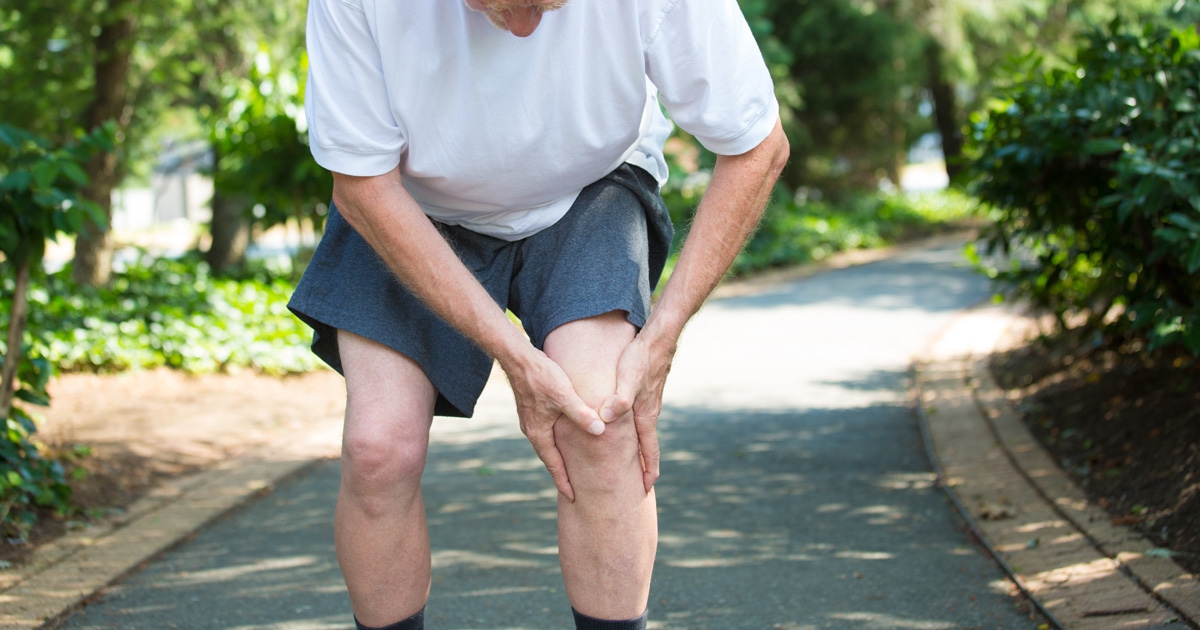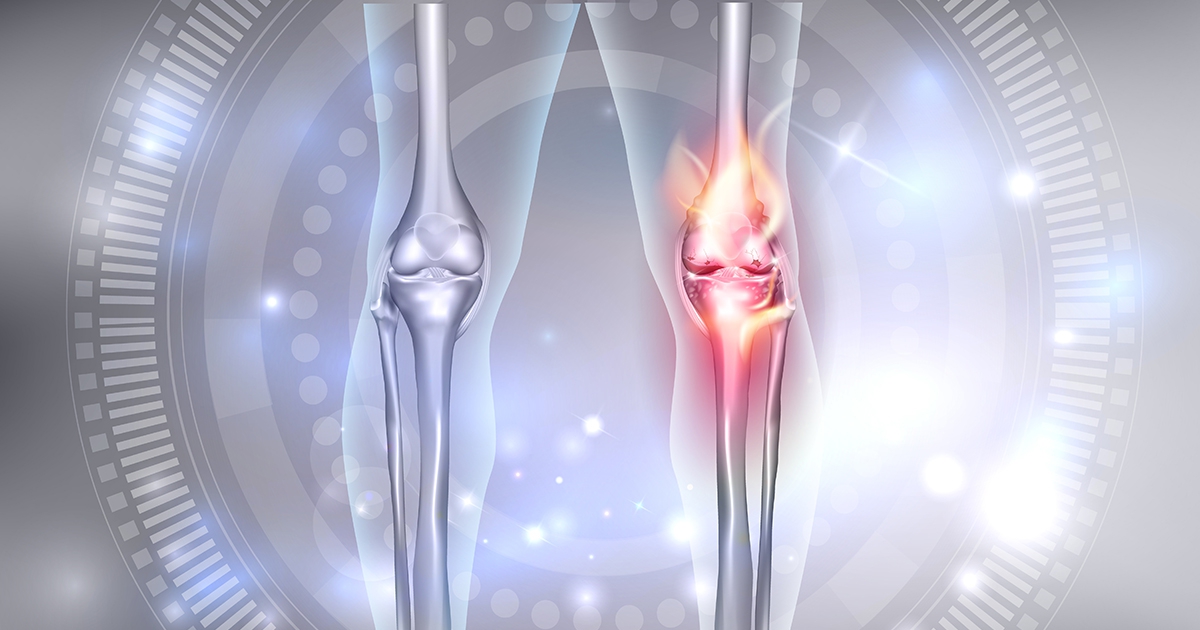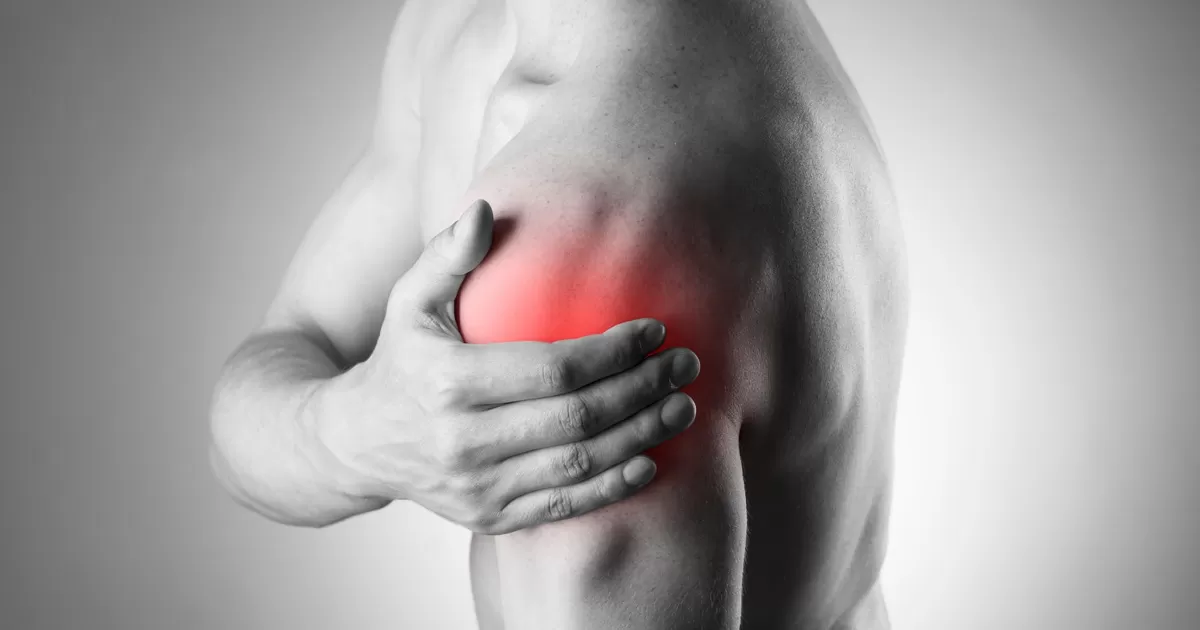
Shoulder Arthroscopy
Home > Health Info > Health Articles
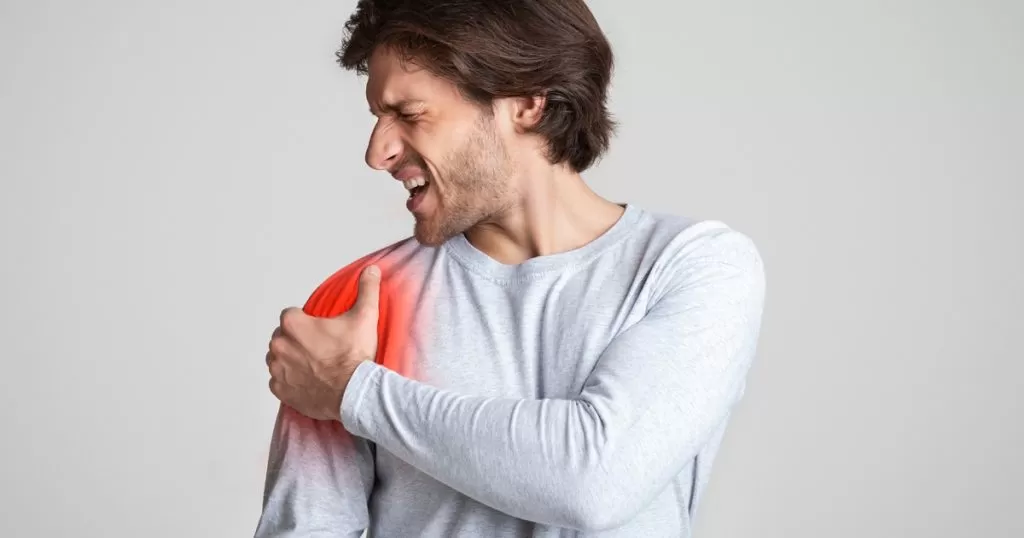
Shoulder arthroscopy is a minimally invasive technique that can be used to diagnose and treat shoulder problems. Arthroscopy may be required for shoulder impingement or rotator cuff problems. Incisions in traditional surgery are larger, whereas incisions in minimally invasive procedures are smaller. The incisions resemble keyholes and are about the size of a keyhole.
Your surgeon inserts a small camera called an arthroscope into your body through a tiny incision in your skin. The photos of your shoulder joint are displayed on a video screen by this camera. Your doctor will use these photos to figure out what caused your injury. If you need a shoulder repair, the provider will use microscopic surgical tools to restore your shoulder’s movement.
Anatomy
Your shoulder is a complicated joint that has the most range of motion of any joint in your body. It is made up of three bones: the humerus (upper arm bone), the scapula (shoulder blade), and the collarbone (collarbone) (clavicle).
Ball and socket. The head of your upper arm bone is housed in the circular socket in your shoulder blade. This socket is known as the glenoid. A slippery tissue called articular cartilage covers the ball and socket’s surface. It generates a frictionless, smooth surface that allows the bones to slide smoothly over one another.
The labrum is a strong fibrous cartilage that surrounds the glenoid. The labrum adds support and cushioning to the joint by forming a gasket around it.
Shoulder capsule. Ligaments are bands of tissue that surround the joint. They form a capsule around the joint that keeps it together. The synovium is a thin membrane that coats the capsule’s underside. Synovial fluid is produced, which lubricates the shoulder joint.
Rotator cuff. The shoulder capsule is surrounded by four tendons that assist maintain your arm bone centered in your shoulder socket. The rotator cuff is the thick tendon substance that surrounds the shoulder. The cuff wraps around the humerus head and secures it to your shoulder blade.
Bursa. Between the rotator cuff and the bone on top of your shoulder is a lubricating sac called a bursa (acromion). When you move your arm, the bursa helps the rotator cuff tendons flow smoothly.
The essential components of the shoulder are highlighted in this picture.
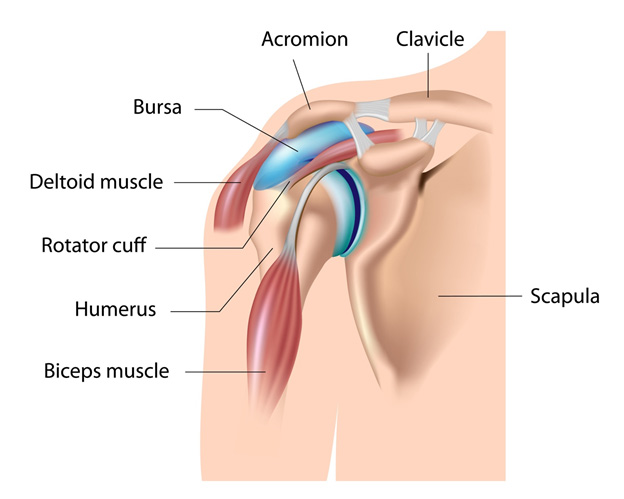
When Shoulder Arthroscopy Is Recommended
If you have a painful disease that does not respond to nonsurgical treatment, your doctor may prescribe shoulder arthroscopy. Nonsurgical therapies include rest, physical therapy, and medications or injections that can reduce inflammation and allow injured tissues to heal. Inflammation is one of your body’s normal responses to injury or illness. Swelling, discomfort, and stiffness are all symptoms of inflammation in a sick or damaged shoulder joint.
Injury, abuse, and age-related wear and strain are the leading causes of shoulder diseases. Shoulder arthroscopy can treat a variety of illnesses involving the rotator cuff tendons, labrum, articular cartilage, and other soft tissues around the joint.
Shoulder arthroscopy can remove inflamed tissue. It can also be used to treat ailments like:
- Biceps tendon injuries.
- Bone spurs.
- Frozen shoulder.
- Tears in the labrum, or damage to the tissue around the shoulder socket.
- Osteoarthritis.
- Rotator cuff tears.
- Rotator cuff tendinitis.
- Shoulder impingement syndrome.
- Shoulder instability occurs when the joint in your shoulder loosens or dislocates.
An arthroscope can also be used for less common treatments such nerve release, fracture healing, and cyst excision. Some surgeries, such as shoulder replacement, still necessitate open surgery with longer incisions.
Surgery
Your orthopedic surgeon may request that you consult your primary care physician to ensure that you have no medical issues that need to be treated prior to surgery. To execute your surgery properly, blood tests, an electrocardiogram, or a chest x-ray may be required.
A more thorough examination may be required before surgery if you have certain health risks. Make sure your orthopedic surgeon is aware of any medications or supplements you are taking. Some of these medications may need to be stopped prior to surgery.
If you’re in good health, your arthroscopy will almost certainly be done as an outpatient procedure. This implies you won’t have to stay in the hospital overnight.
The hospital or surgery facility will call you ahead of time to discuss your operation in greater detail. Follow the instructions for when to come and, more importantly, when to cease eating and drinking before your procedure.
Surgical Procedure
To expand the joint, your surgeon may inject fluid into it. This allows the arthroscope to see all of the structures in your shoulder more easily. The arthroscope will then be inserted through a small puncture in your shoulder (about the size of a buttonhole). Fluid passes through the arthroscope to keep the view clean and control any bleeding. Images from the arthroscope are displayed on the video screen, showing your surgeon the interior of your shoulder and any damage.
Once the problem has been diagnosed, your surgeon will fix it with other little instruments inserted through different incisions. Specialized equipment are used for shaving, cutting, grasping, suture passing, and knot tying. Stitches are commonly anchored in bone using special devices.
Your surgeon may use stitches or steri-strips (tiny Band-Aids) to close your incisions and cover them with a large, soft bandage.
Recovery
After shoulder arthroscopy, your shoulder joint will take weeks to months to fully heal. For at least a few weeks, you may have a degree of pain and edema.
It may take longer for your pain to disappear if you’ve undergone a more comprehensive surgery. The use of ice to the affected area will assist to reduce discomfort and swelling. If necessary, your doctor may prescribe pain medication.
Consider sleeping upright on a chair or bed for a few days after your surgery. Your surgeon may advise you to wear a sling to protect your shoulder.
Rehabilitation is crucial in getting you back to your normal routine. You can regain shoulder strength and motion with an exercise routine. Based on the surgical operations you required, your surgeon will create a rehabilitation plan for you.
Your surgeon may recommend a physical therapist to supervise your workout program if you’ve undergone a more difficult surgical repair.
Rehabilitation
In order for your operation to be successful, you must put out a considerable effort in rehabilitation.
Rehabilitation is essential to resuming your normal activities. You can regain shoulder strength and motion with an exercise routine. Based on the surgical operations you required, your surgeon will create a rehabilitation plan for you.
Your surgeon may recommend a physical therapist to supervise your workout program if you’ve undergone a more difficult surgical repair.
In order for your operation to be successful, you must put out a considerable effort in rehabilitation.
Risk and Benefit
What are the advantages of arthroscopic shoulder surgery?
Depending on your unique condition, you may opt for shoulder arthroscopy rather than open surgery (which requires a wider incision). Arthroscopic operations offer a lower risk of infection and a faster recovery period than open surgeries. Shoulder arthroscopy also causes less stiffness and pain in the joint than open operations.
What are the risks or complications of shoulder arthroscopy?
Shoulder arthroscopy is generally very safe. There is a small risk that you may experience:
- Blood clots.
- Damage to blood vessels or nerves.
- Excessive bleeding or swelling.
- Infection.
Share :


